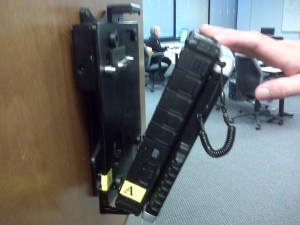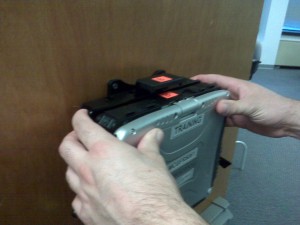If you are entering a 12-lead in eMEDS, you want to make sure you do everything you need to do. Often, people only do half the work.
People typically remember to enter the 12-lead but that is not enough. You also need to record the cardiac rhythm with the vital signs.
Note: Please record the rhythm through the vital signs instead of simply adding it to the narrative. People who run reports can include data fields in their tabulations but the same cannot be said for data coming from the narratives.

